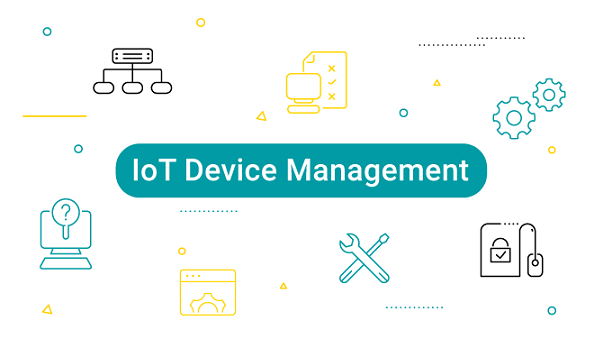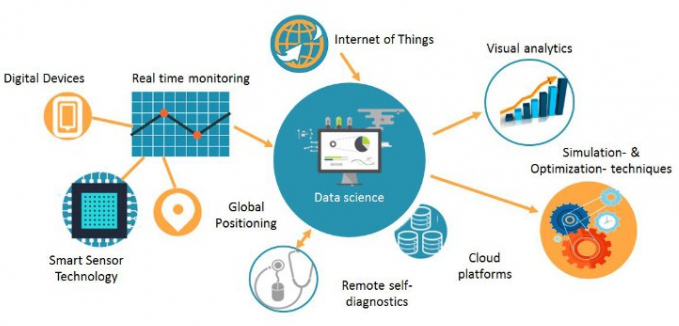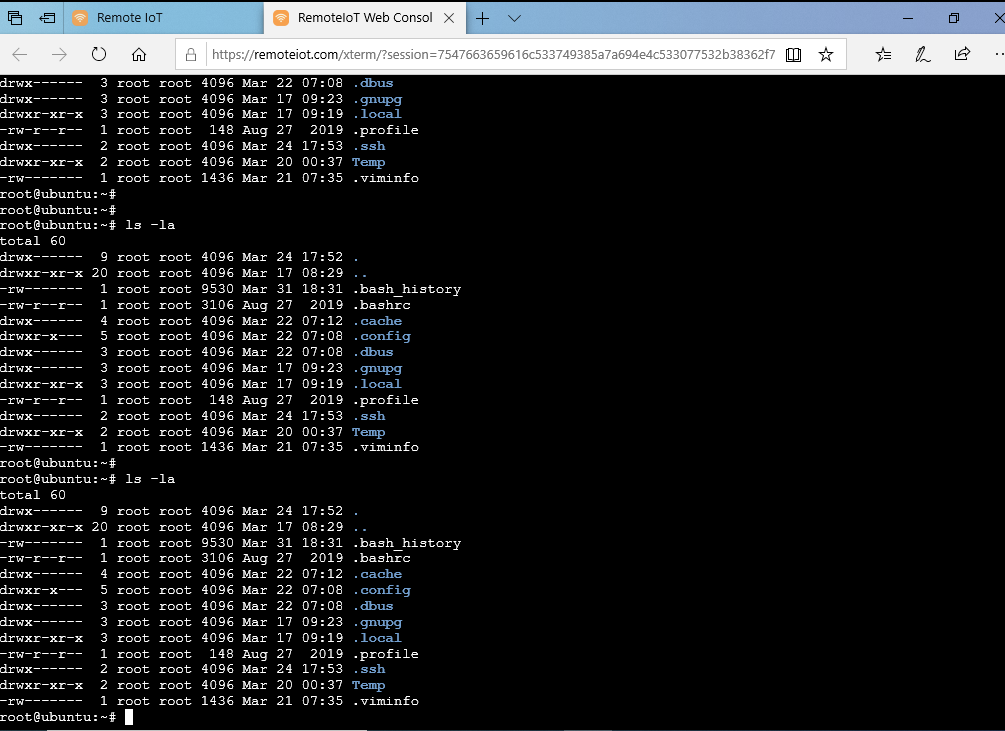Exploring the Benefits of Remote IoT Access
In today's connected era, the Internet of Things (IoT) has revolutionized how people and industries interact with technology. From smart home devices to advanced industrial automation, IoT systems have become integral to daily life. Yet, managing these devices and maintaining smooth remote connectivity can often seem challenging. Remote IoT access offers a game-changing solution, streamlining operations and improving the efficiency of device functionality. This innovation not only simplifies oversight but also ensures users can seamlessly control their IoT ecosystems from anywhere.

Why Remote IoT Access Is Crucial
As IoT ecosystems grow, efficient remote solutions become essential. Be it a thermostat in a cozy sitting room or equipment-monitoring sensors in a factory, these devices demand constant vigilance. By enabling IoT remote access, users gain the ability to oversee and control devices globally, ensuring smooth functionality and swift problem resolution.
Through remote connect IoT technologies, companies significantly reduce downtime while boosting operational efficiency. Real-time solutions minimize the need for physical site visits, conserving both time and resources.
Revolutionizing Management with Remote SSH IoT
Secure Shell (SSH) is a cornerstone of safe remote device management. Remote SSH IoT tools empower individuals to form encrypted connections, safeguarding data from cyber threats. This becomes increasingly vital as IoT devices, often vulnerable, attract malicious actors.
SSH IoT web capabilities allow users to connect to devices directly through a web browser, bypassing the need for complex software setups. Platforms such as RemoteIoT provide comprehensive guides, enabling even beginners to manage IoT setups efficiently.
Keeping Tabs with Remote IoT Monitoring
Monitoring is central to effective IoT management. Remote monitor IoT platforms offer real-time insights into device performance and operational metrics. Metrics like uptime, network stability, and efficiency become accessible at a glance.

For example, a remote access IoT dashboard can instantly notify users of abnormal device behavior or outages. This proactive approach aids in addressing potential issues before they escalate, ensuring minimal disruption.
Tackling Challenges in IoT Remote Access
While advantageous, IoT remote management poses challenges. Security ranks high among concerns, as unauthorized access could lead to significant disruptions or data breaches. Enforcing robust protocols like two-factor authentication and encryption is non-negotiable.
Compatibility within diverse IoT environments presents another hurdle. With a myriad of manufacturers, seamless integration isn't always straightforward. Remote SSH IoT systems, highlighted by SSH Academy, bridge these gaps, delivering consistent access across varied devices.
Industry Applications of IoT Remote Access
The versatility of remote IoT tools makes them indispensable across industries. In healthcare, they support remote tracking of medical equipment, ensuring timely intervention. Similarly, agricultural applications include remote control over irrigation systems and environmental sensors.
Industrial use cases showcase how remote access IoT systems allow engineers to troubleshoot and optimize machinery from afar. This not only saves travel time but also curtails operational costs.
Selecting the Right Remote SSH IoT Tools
Choosing the appropriate remote management tools is pivotal. Remote SSH IoT platforms enhance device oversight with security and ease-of-use features. Web-based solutions with monitoring capabilities demystify the intricacies of IoT systems.
Renowned platforms like RemoteIoT lead in offering tailored solutions. Their user-centric designs and emphasis on security make them preferred options for reliable IoT management.

What Lies Ahead for IoT Device Management
As technology advances, the scope of IoT management broadens. Emerging trends like AI-driven analytics and machine learning promise smarter, predictive maintenance. Simultaneously, the advent of faster networks like 5G ensures improved reliability and speed for remote operations.
Investing in remote access IoT tools today sets the foundation for a smarter, more interconnected future. Harnessing these technologies unlocks the full potential of IoT networks, driving innovation and progress across sectors.
